12 Must Know Facts About Littering for Kids
We all know that littering is not something we should do. We learned in school, and there are several posters reminding us not to throw trash on streets or rivers. Most of us, however, find it simpler to throw a water bottle, a can of beer, or cigarette butts on the roads or gardens rather than carrying them until we reach a trash can or a recycling bin.
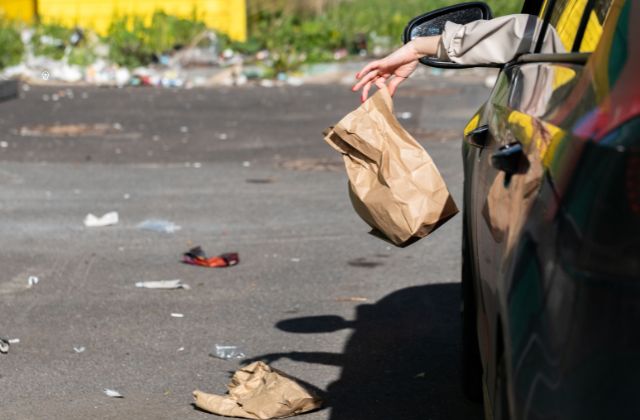
In this article, we will go over some facts about littering to make you understand how much harm it is causing to the environment that we live in.
Here are some of the facts about the Littering:
1. Littering ruins natural beauty.
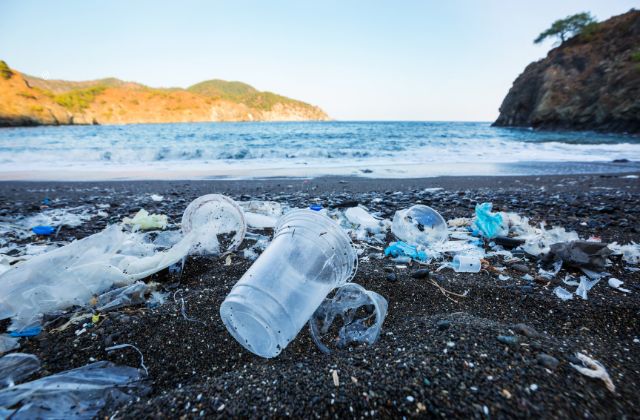
You might think that a cigarette butt is harmless or that a fruit peel will decompose, but you don’t even realize how a stack of rubbish expands into a landfill and ends up ruining a well-tended green area.
2. Masses of trash wind up in the ocean.
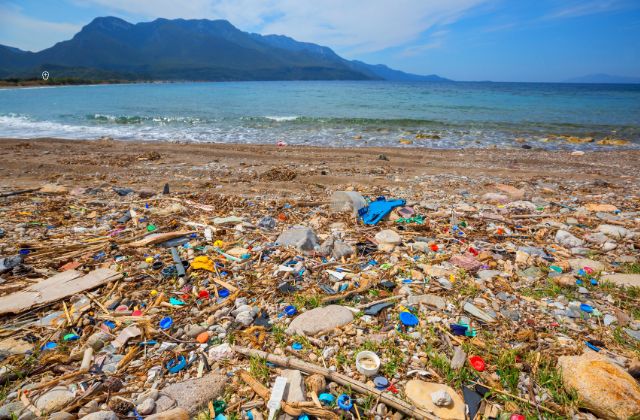
Every year, enormous amounts of litter that we carelessly discard on the streets end up in the ocean. This is extremely unfortunate. Litter endangers marine life and degrades the natural beauty of bodies of water. The world’s oceans may already contain 150 million tons of plastic litter which is the equivalent of 25 million large elephants.
A significant amount of plastic waste winds up in the world’s seas. It has the ability to move large distances on the wind or in rivers and rains. If nothing is done by 2050, there may be more plastic in the world’s oceans than fish.
3. Littering can result in an automobile accident.
Because no one is looking, throwing a plastic bag out of your car is incredibly easy. However, the wind might cause the bag to swing and seem like an oddly shaped item approaching a car, creating attention and accidents.
4. Animals are killed by litter.
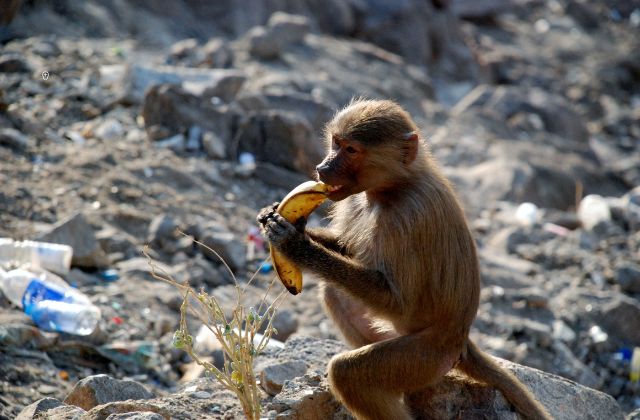
Animals perish after becoming entangled in the rubbish that we carelessly discard. The majority of the creatures become entangled as they crawl inside bottles or plastic bags. They injure themselves or starve to death as they try to flee. This results in the everyday slaughter of fish and the progressive decline of marine life. Believe it or not, the garbage we generate is endangering more underwater animals.
5. Farming is harmed by litter.
Litter may harm crops and halt their growth. The accumulation of trash causes the deterioration of natural environments. Animals can perish from consuming items such as plastic garbage or metals if they find litter on a farm.
6. Littering is expensive.
It’s difficult to calculate how much littering costs over the world. Many countries devote significant resources to cleaning and collecting trash, which is far more expensive than dealing with the litter effectively from the start.
We would not have a crowded sewer system or dirty streets if we all put litter where it belongs. The money spent on cleaning the ocean, unclogging clogged sewers, and removing rubbish from the streets may be better spent.
7. Litter may hinder a community’s economic progress.
Excess trash in a certain location might reduce the possibility of long-term development of the country. When new enterprises search for a lively, thriving community in which to establish new operations, they are unlikely to be interested if there is a lot of rubbish around.
8. Littering affects the surrounding areas as well.

It is not very appealing. Litter-prone areas are also prone to crime, have lower home and property values, and are more likely to be the site of fires. You might eventually lose money on your house.
Litter is unpleasant and filthy and can be hazardous to our health and the environment. It has an impact on communities and the people who live in them. It could be toxic to plants and animals. It has the potential to have a significant impact on tourism.
9. Littering is against the law.
Not many people are aware of the fact littering in most public places is a punishable offense. Unwrapping a sweet and dropping the wrapper on the street may result in a fine or imprisonment. Littering pedestrians and automobiles are fined in most areas. Littering is against the law. Nobody wants to end up in court because you missed the garbage can.
10. On roads, the likelihood of individuals littering has grown dramatically.
The most littered item is fast-food packaging, which includes fast-food wrappers made of plastic, cardboard, and paper.
According to Keep America Beautiful, five of the most typical places for litter to gather include: storm drains, particularly drainage systems and gutters in parking lots and busy city centers; loading docks and the areas behind residential and commercial enterprises; recreation facilities such as parks, beaches, playgrounds, and other open areas where people congregate; building sites such as construction and residential projects; and retail districts such as shopping centers and convenience shops.
11. Littering can spread germs, bacteria, and viruses.
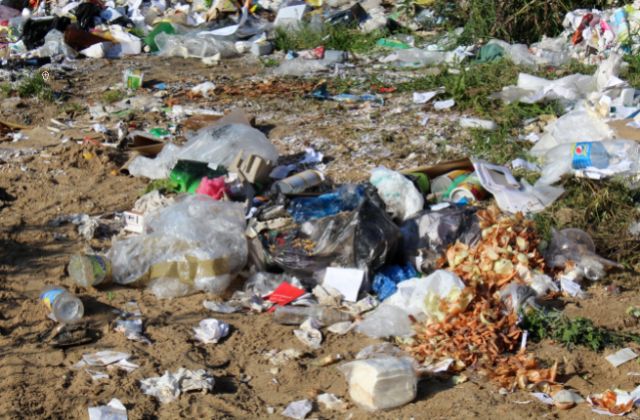
The societal concerns associated with litter include safety dangers, fire hazards, human health hazards, and indirect health hazards from bacteria, rodents, roaches, and mosquitoes attracted to trash.
Scavengers are dangerous microorganisms. They can severely affect crops since cattle are sensitive to swallowing chemical particles or even metal from waste.
12. Litter can be controlled.
People must be informed about the negative consequences of littering. Education is crucial in this situation. Children should be taught in primary school about the environmental consequences of littering. They can also tell people whom they notice littering how to properly dispose of waste.
Individual choices account for around 85 percent of all littering, so by educating people and altering behaviors, you may be able to assist minimize the amount of trash that collects on the ground. People are also more prone to litter in regions where trash already exists. Even with all of this litter, it’s worth remembering that around 83 percent of all waste gets correctly disposed of, implying that approximately 17 percent of all rubbish ends up in public places as litter.
Conclusion
We hope you have understood the severe consequences of littering in public places and how harmful it is to the environment. For more such crucial information and facts, visit our website!
